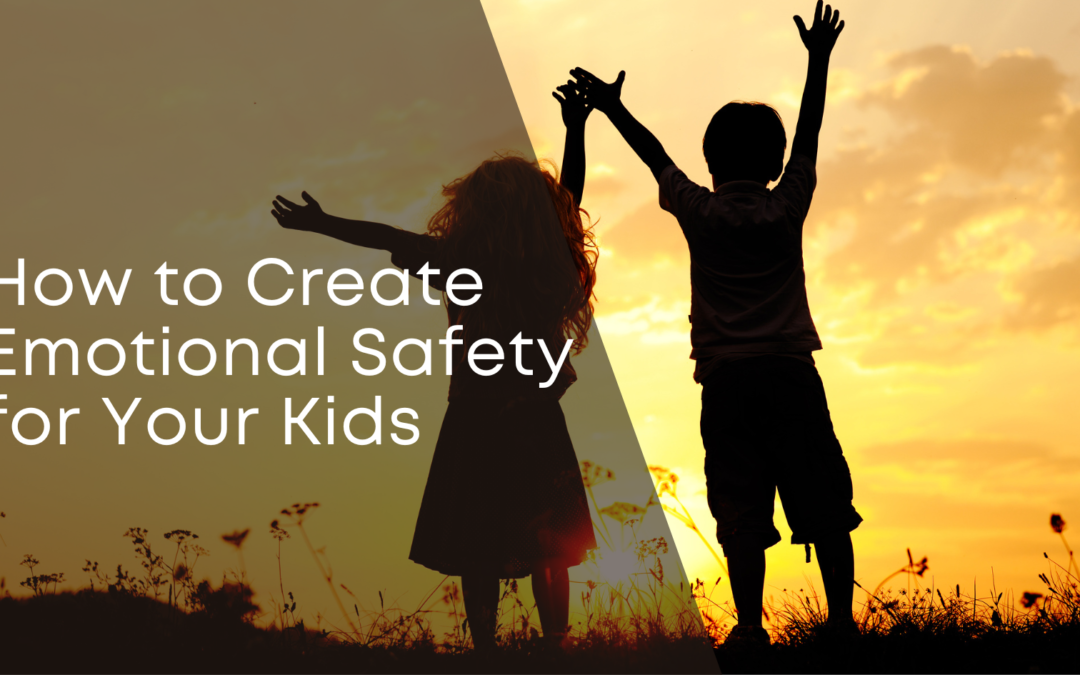Picture this: a once joyful and united household transformed into a battlefield of unspoken pain and hidden tears, where innocent hearts are the unwitting victims. This is the reality for countless children caught in the crossfire of their parents’ divorces. It’s a disheartening scene that exposes children to emotional turmoil and feelings of insecurity, a poignant reminder of the gaps we need to bridge to safeguard their emotional wellbeing. But what if there was a path, less traversed, where the collateral damage to these young souls could be minimized? What if there was a way to transform this chaotic journey into a peaceful transition?
The Problem
Divorce unleashes a whirlwind of challenges. It dismantles the family structure, throwing parents and children into new, often stressful living dynamics. It burdens divorcees with guilt, anger, and a myriad of other emotions, affecting their ability to parent effectively. It is simply unfair, especially to the children, who are thrust into situations they neither chose nor understand, as the foundational pillars of their lives seemingly crumble. But, it doesn’t have to be a journey marred by pain and resentment; there is an alternative path paved with understanding and healing.
5 Ways to Create Emotional Safety for Your Children
I am Steven Unruh, a seasoned divorce mediator with over 30 years of experience. My mission is to extend a helping hand to families navigating the turbulent waters of separation, guiding them to calmer shores. I care deeply about the emotional well-being of each family member, especially the children, and I’m here to offer insights on creating a secure emotional environment for them during such trying times.
1. Fostering Open Communication
Embrace Honest Conversations: Open dialogue is indispensable for allowing children to voice their feelings, fears, and thoughts. It fosters an environment of trust and understanding, promoting emotional safety. Active listening and validation of their feelings reinforce their sense of worth and alleviate anxiety, crucial for their emotional well-being during times of familial upheaval.
2. Strengthening Parent-Child Bonds
Nurture Connection: Spending quality time is paramount. Engaging regularly in activities your children relish fosters bonds and crafts positive memories. This not only solidifies your relationship but also establishes a stable, loving environment, aiding them in adapting to new family dynamics. It’s a cornerstone in maintaining relational equilibrium amidst the changes.
3. Advocating for Emotional Literacy
Teach Emotional Intelligence: Empowering children to identify, understand, and manage their emotions is essential for navigating the emotional upheavals of divorce. Providing tools for emotional intelligence enables them to better cope with psychological stresses and uncertainties inherent in family separations. By exemplifying healthy emotional expression and efficient conflict resolution, we pave the way for their emotional resilience and balance. This proactive approach helps in fostering a stable environment where children can thrive despite familial changes. It’s about molding resilient and emotionally balanced individuals who can face life’s challenges head-on.
4. Encouraging Professional Guidance
Seek Counseling and Mediation: Divorce mediation provides a harmonious approach, centering on children’s emotional needs. It serves as a conduit for friendly decision-making, reducing conflict and fostering family well-being. This method aligns family members on a common ground, promoting unity and mutual respect amidst discord. It’s a transformative approach ensuring the holistic health of the family during transitional times.
5. Maintaining Consistency and Routine
Establish Stability: Implementing a structured routine is crucial, offering children a semblance of normalcy and security amidst the chaos of divorce. Regular schedules for meals, bedtime, and other activities instill a comforting rhythm in their disrupted lives. This consistent routine acts as a stabilizing force, smoothing their transition through the upheavals of familial change. It’s a foundational step in reinforcing their sense of security and predictability. In this structured environment, children find the resilience to face new family dynamics with ease and confidence.
Your Path to Harmonious Transition
Skepticism is natural, and the road less traveled is often met with resistance. Some may doubt the effectiveness of maintaining emotional safety and the benefits of mediation, viewing them as unnecessary or cumbersome. However, understanding that this path fosters a healthier, more harmonious transition for everyone, especially the children, is the first step to embracing it.
Take the Leap: Picture a future where divorce doesn’t equate to broken children, but to resilient ones. By adopting these practices and embracing the harmonious approach of divorce mediation, you can shield your children from the brunt of the impact, fostering their emotional security and paving the way for their flourishing futures.
Embrace the transformation; let the shift begin with you. Reach out for guidance, and together, let’s rebuild the emotional foundations for your children, ensuring their happiness and stability amidst life’s storms.
Remember, it’s not about the broken pieces but about how we rebuild them. Make the decision to secure your children’s emotional safety today.


Recent Comments